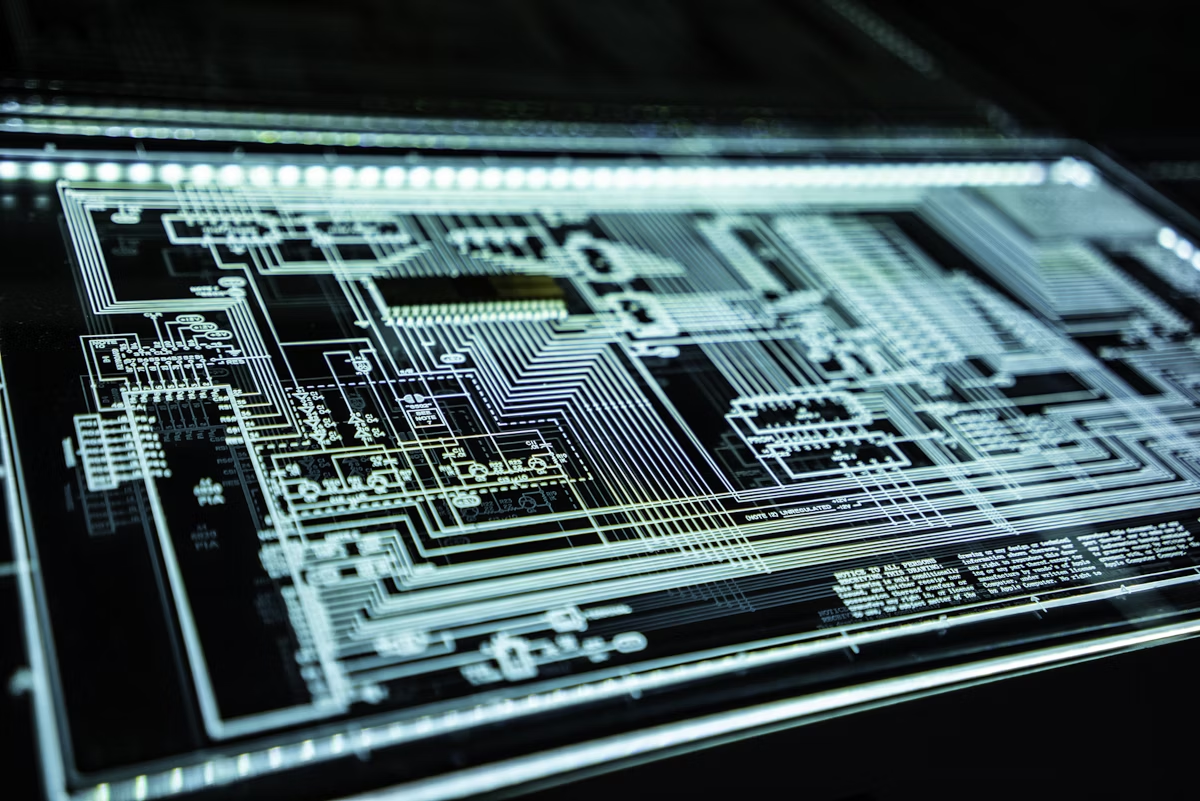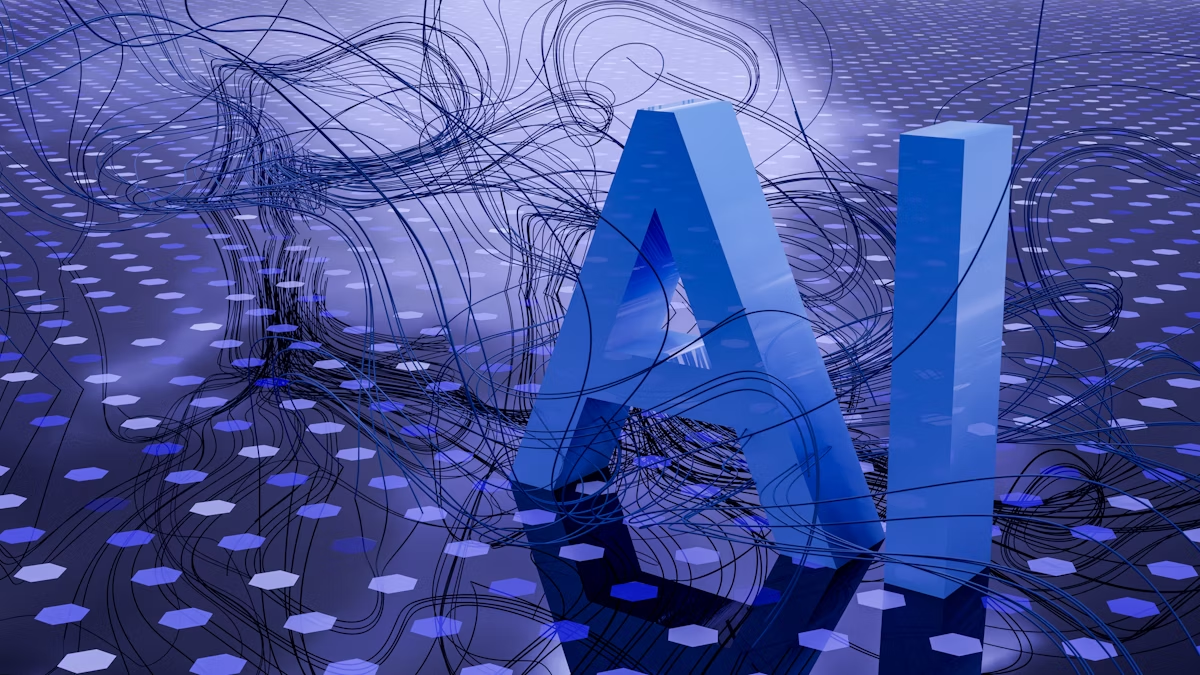Overview: The Changing Cyberthreat Environment in 2025
With 87% of organisations reporting at least one sophisticated cyberattack per month and global cybercrime damages expected to reach $12.8 trillion annually by 2025, the cybersecurity battlefield has significantly grown. Unprecedented security challenges have been brought about by the combination of AI-powered threats, quantum computing vulnerabilities, and IoT expansion. New defence technologies are also being developed to safeguard people and companies in this highly connected world.
This extensive 2,500+ word guide examines:
- 2025 Data Privacy Regulations (personal protection and worldwide compliance)
- Newest Hacking Techniques (emerging threats and AI-driven attacks)
- Advanced Protection Techniques (AI defence and zero-trust architecture)
- Preparedness for Quantum Security (post-quantum cryptography migration)
- Personal Cybersecurity Hygiene (individuals’ practical protection)
1. Data Privacy 2025: International Law & Individual Defence
A. Changing International Privacy Laws
| Region | Key Regulations | 2025 Updates & Requirements |
|---|---|---|
| European Union | GDPR 2.0, Data Act | Mandatory AI transparency, cross-border data flow modernization |
| United States | ADPPA, State-level laws | Federal privacy standard, biometric data protection |
| Asia-Pacific | China DSL, India DPDPA | Data localization, mandatory breach notification within 24 hours |
| Global Standards | ISO 27701 certification | Privacy-by-design requirements, third-party risk management |
B. Strategies for Protecting Personal Data
Management of Digital Identity:
- Systems of self-sovereign identity (SSI) that grant users total authority
- Templates are stored by biometric encryption rather than unprocessed biometric data.
- Zero-knowledge proofs are used to confirm information without disclosing it.
Techniques for Minimising Data:
- Browsers that prioritise privacy and automatically block tracking
- Data expiration settings that automatically remove outdated data
- Using temporary access tokens rather than permanent credentials for selective sharing
C. Governance of Enterprise Data
Advanced Categorisation:
- Sensitive information is automatically identified by AI-powered data discovery.
- Context-aware protection modifies security according to usage trends.
- 75% less work is required for manual audits thanks to automated compliance reporting.
2. Hacking Trends for 2025: Sophisticated Attack Methods
A. Cyberattacks Driven by AI
| Attack Type | Mechanism | Detection Challenges |
|---|---|---|
| AI-Generated Malware | Self-modifying code evading signature detection | Behavioral analysis required, traditional AV ineffective |
| Deepfake Social Engineering | Realistic video/audio impersonation of executives | Multi-factor authentication bypass, high success rates |
| Autonomous Botnets | Self-organizing IoT device networks | Distributed command structure, rapid adaptation |
| Adversarial Machine Learning | Poisoning training data or manipulating AI decisions | Subtle changes difficult to detect, systemic failures |
B. Attacks by Third Parties and the Supply Chain
Supply Chain for Software:
- Attacks using dependency confusion that take advantage of public package repositories
- Injecting malware during compilation compromises the build system.
- distributing malicious updates and stealing code signing certificates
Chain of Physical Supply:
- IoT devices and network equipment with hardware implants
- Firmware manipulation that endures after reboots and reinstallations
- Fake parts that have vulnerabilities or backdoors built in
3. Advanced Defence Techniques: Defence Framework for 2025
A. Implementation of Zero-Trust Architecture
| Component | 2025 Capabilities | Protection Benefits |
|---|---|---|
| Identity Verification | Continuous authentication with behavioral biometrics | 89% reduction in account takeover |
| Device Security | Hardware-based root of trust, remote attestation | Prevention of compromised device access |
| Network Microsegmentation | Software-defined perimeters, dynamic access controls | Containment of lateral movement |
| Data Protection | Encryption everywhere, rights management, watermarking | Data security even if perimeter breached |
B. Defence Systems Powered by AI
Identifying threats:
- Finding minute irregularities with User and Entity Behaviour Analytics (UEBA)
- Identifying command and control communication through network traffic analysis
- Automated remediation combined with endpoint detection and response (EDR)
Automation of Security:
- Coordinating several defence systems through security orchestration
- Threats are contained in minutes by automated incident response.
- Proactively detecting hazards through predictive threat hunting
4. The Post-Quantum Transition and Quantum Security Readiness
A. Threat Timeline for Quantum Computing
| Timeframe | Quantum Capability | Cryptographic Impact |
|---|---|---|
| 2025-2027 | 1,000+ qubit processors | RSA-2048 vulnerable within 2-3 years |
| 2028-2030 | Error-corrected quantum computers | Current public-key crypto completely broken |
| 2030+ | Fault-tolerant quantum systems | Need for quantum-resistant algorithms critical |
B. Transitioning to Post-Quantum Cryptography
Standards for Algorithms:
- PQC algorithms chosen by NIST for a range of applications
- Combining classical and quantum-resistant cryptography in hybrid implementations
- Frameworks for crypto-agility that allow for future algorithm updates
Implementation Difficulties:
- Performance cost of novel mathematical techniques
- Interoperability among various PQC implementations
- Support for legacy systems on older hardware and software
5. Individual Cybersecurity: 2025 Safety Procedures
A. Crucial Security Practices
| Practice | 2025 Implementation | Protection Level |
|---|---|---|
| Password Management | Passphrases + hardware security keys | 99.9% account security |
| Multi-Factor Authentication | Biometric + device-based verification | 97% attack prevention |
| Software Updates | Automated patching with rollback capability | 89% vulnerability mitigation |
| Backup Strategy | 3-2-1 rule with immutable backups | 100% ransomware recovery |
B. Superior Personal Defence
Protection of Digital Identity:
- Automated credit freezes for all bureaus at once
- Dark web surveillance for exposure of personal data
- Insurance against identity theft that includes restoration services
Security for Smart Homes:
- Segmenting IoT devices on different network VLANs
- Frequent firmware upgrades for every device that is connected
- Selecting devices with privacy in mind to prevent data collection
6. Best Practices for Enterprise Security Operations in 2025
A. Training in Security Awareness
Advanced Simulation of Phishing:
- Phishing emails produced by AI that imitate recent attack patterns
- Individualised instruction according to each person’s risk profile
- Gamified learning increases retention and engagement.
Measuring Behavioural Change:
- Organisational mindset is tracked by security culture metrics.
- Quantification of risk reduction demonstrating training ROI
- On the basis of performance data, continuous improvement
B. Evolution of Incident Response
Automated Reaction Features:
- Investigation using AI to link related security incidents
- Automated containment isolation of impacted systems
- Evidence gathering for analysis through forensic preservation
Communication in Crisis:
- Automated stakeholder notifications with customised messages
- Deadlines for notifying regulatory compliance reporting meetings
- Maintaining an organization’s reputation through public relations management
7. New Developments in Security Technologies for 2025
A. Security with Blockchain
Decentralised Personality:
- Risks associated with central authority are eliminated by self-sovereign identity.
- Credentials that can be verified to allow selective disclosure
- Standard implementation of DID (Decentralised Identifiers)
Safe Transactions:
- Formal verification and smart contract security
- Unchangeable audit trails for compliance and inquiry
- Protecting sensitive data elements with tokenisation
B. Encryption that is homomorphic
Maintaining Privacy in Computation:
- Analysis of data without exposure to decryption
- Ensuring data confidentiality through secure cloud processing
- Across organisational boundaries, collaborative analytics
Enhancements in Performance:
- Computational overhead is decreased by hardware acceleration.
- Performance and security are balanced by selective encryption.
- Wider adoption made possible by standardised libraries
FAQs
A. Deepfake technology and AI-powered social engineering allow for extremely realistic impersonation attacks that circumvent conventional security awareness training.
A. It is imperative that organisations start inventorying cryptographic assets right away and make plans for multi-year migration projects.
A. Yes, with improvements. When used correctly, hardware-backed password managers with biometric authentication offer exceptional security.
A. Regardless of the strength of the password, universal multi-factor authentication blocks 97% of account takeover attempts.



